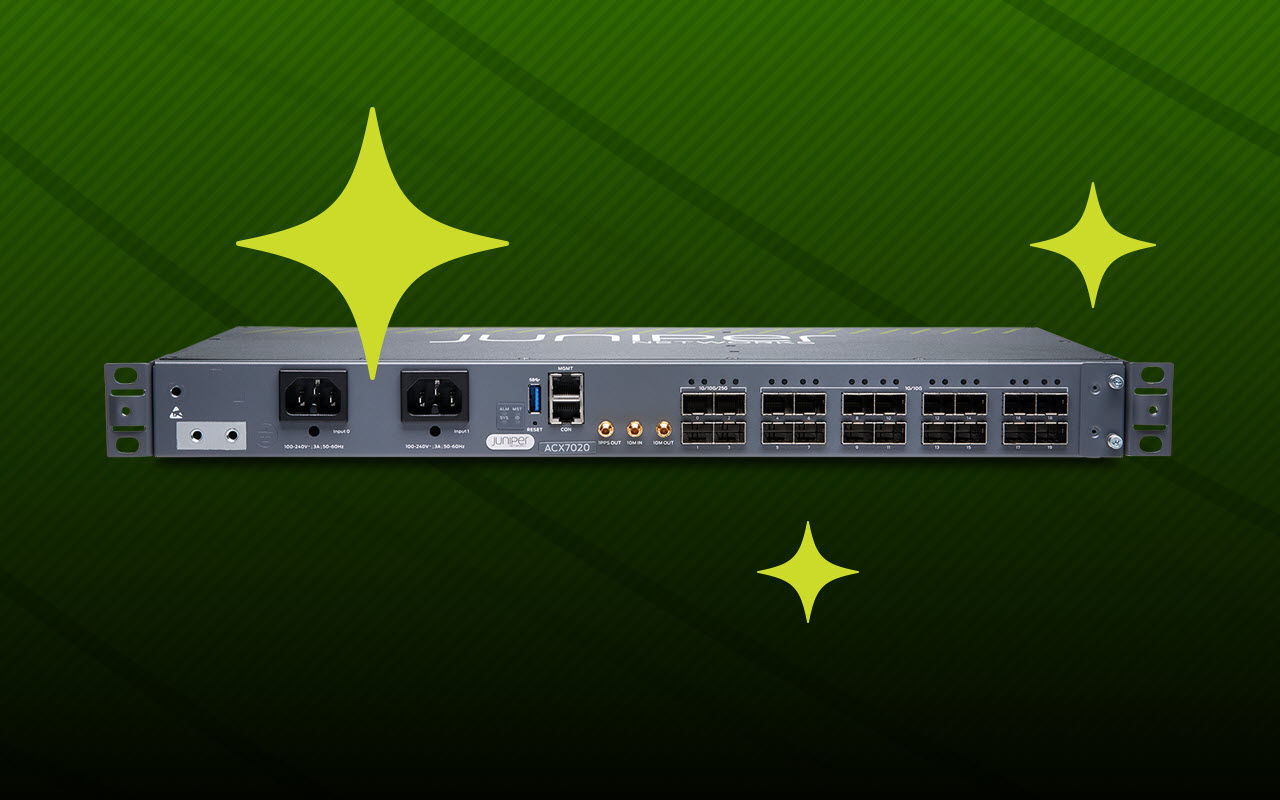With the rapid expansion in remote work, video meetings and applications moving to the cloud from on-premises data centers, many cloud and content provider networks are struggling to keep up with the increased traffic volume. Non-cloud-native approaches have exacerbated this challenge as they lack the flexibility and scalability of cloud-native solutions. The result can be poor service quality that has the potential to increase churn for your applications and services.
Today, the network must allow efficient resource sharing to meet the needs of the applications and the people who rely on them. One method to accomplish this is Egress Peer Engineering (EPE), which allows data center engineers to optimize how traffic is sent to external peers, such that all peering links are used efficiently and improve network congestion to eliminate the need to increase bandwidth. EPE can also be used to prioritize traffic for the most critical applications and from your biggest customers with the strictest SLAs to deliver the high-quality experience that they are paying for.
How it works is quite elegant. EPE translates metadata from network traffic that indicates which peers to use and which routes to take through the network. It then translates that to MPLS labels that are efficiently processed by network routers. It also sends application traffic through the best paths for that application based on required performance and cost.

To meet this growing need, our containerized Routing Protocol Daemon (cRPD) offers EPE and other advanced routing features in a container for cloud-native deployments. Deployed on edge servers, cRPD combines applications and network services right on the server. This distributes the workload as cRPD adds MPLS labels right at the source, alleviating the processing required by edge and core routers. This deployment model is a perfect fit for today’s application-driven networks. By tagging traffic with the best route through the network right at the server as the traffic enters the network, EPE helps reduce congestion, lowers processing load on routers and switches and most importantly, improves overall network efficiency.
Additional information regarding EPD with cRPD can be found here:
- Optimizing your Peering Traffic Vlog with Manish Gupta, Juniper’s cRPD Director of Engineering
- Demonstration on configuring EPE with cRPD
Are you interested in learning how to reduce the impact of increased load on your network? To learn more about Juniper Networks’ free 90-day cRPD trial, please visit:
https://www.juniper.net/us/en/try/trial/
In future blogs, we’ll share information on additional use cases with cRPD.

























